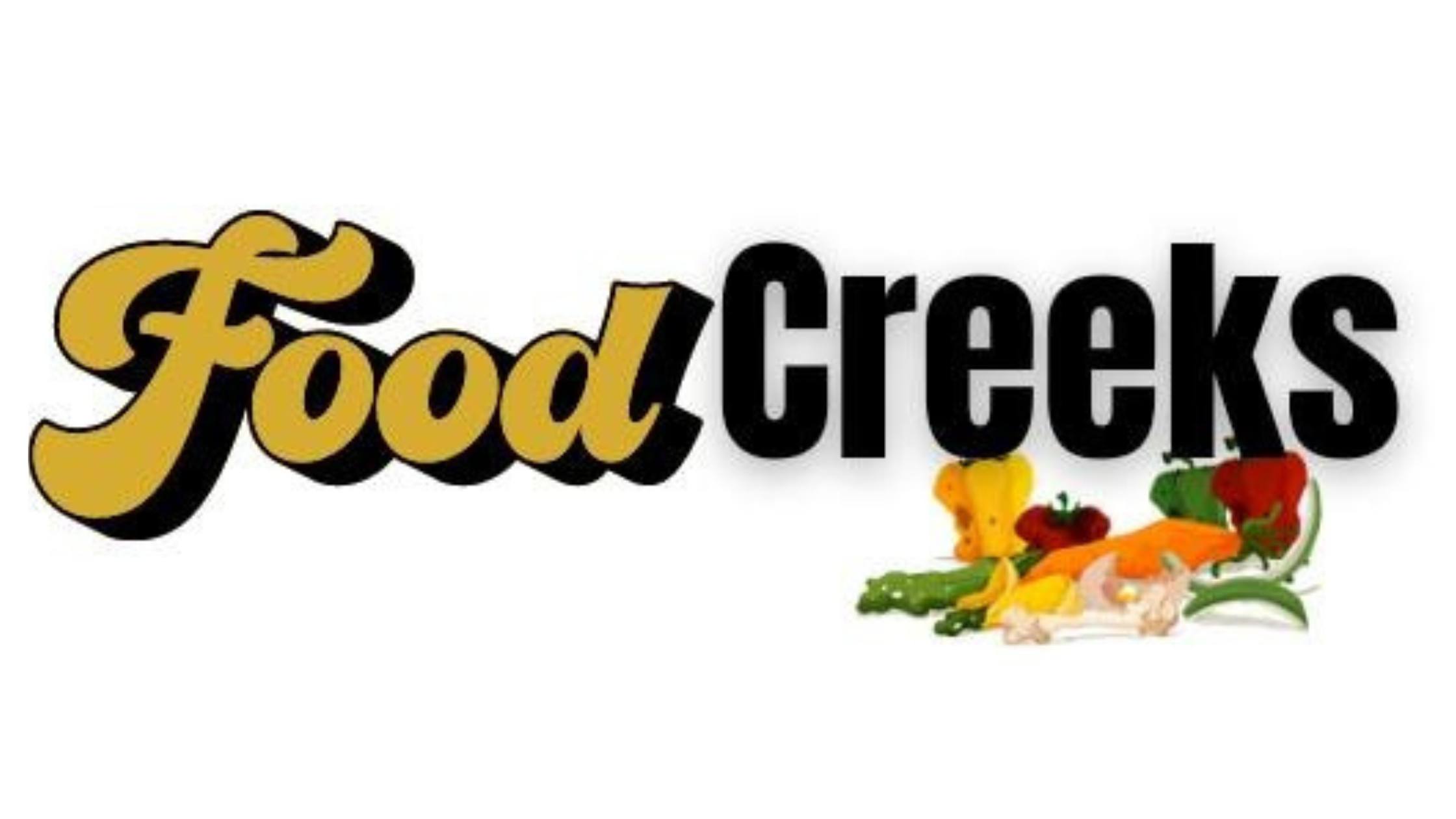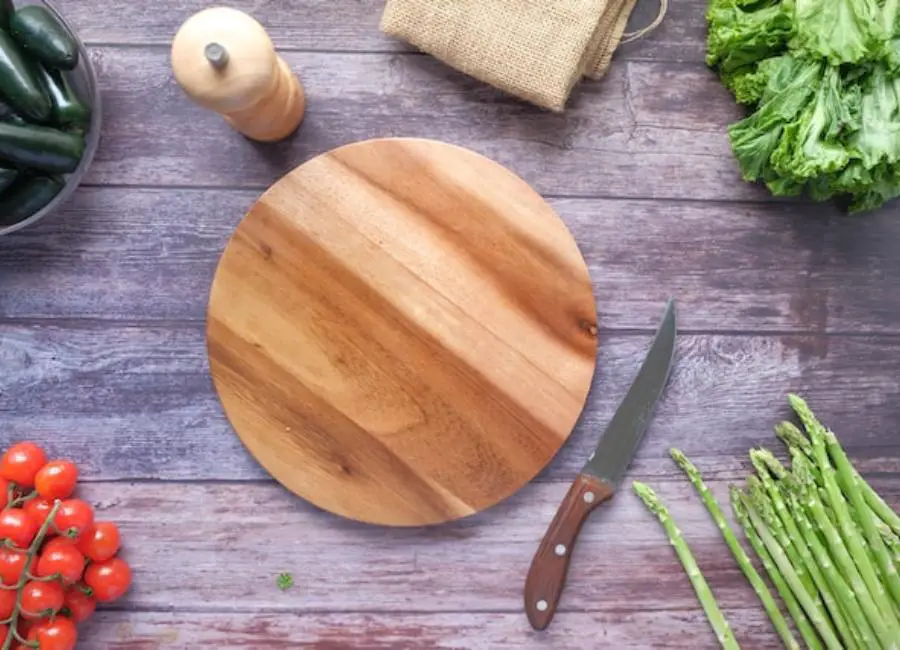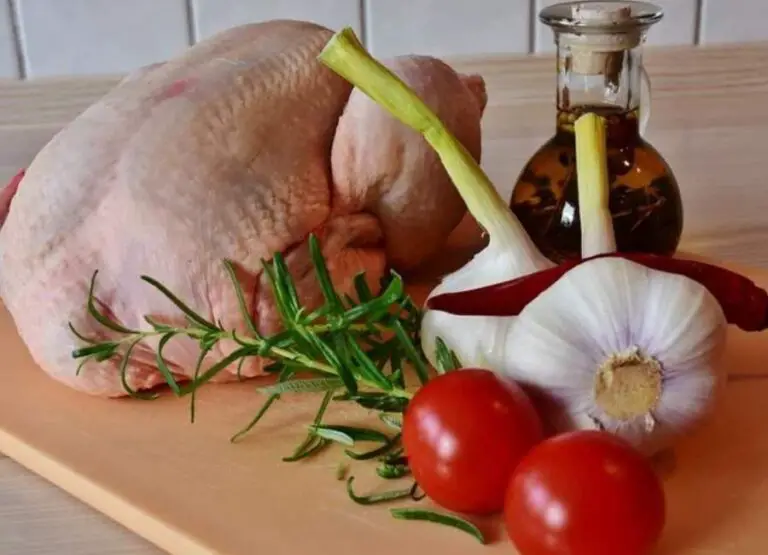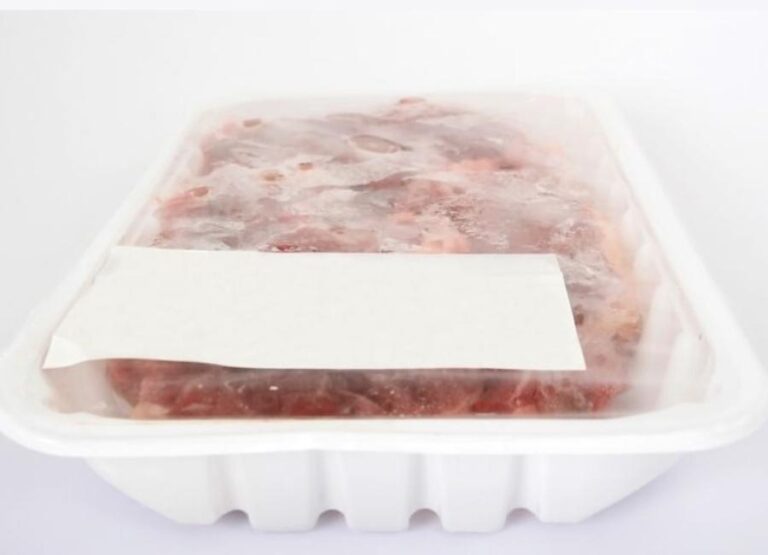How To Clean Wood Cutting Board After Raw Chicken
Are you tired of worrying about bacteria on your wood-cutting board after handling raw chicken?
Keeping your cutting board clean and safe for food preparation is easy with a few simple steps.
In this blog post, we will guide you through the process of cleaning your wood-cutting board after handling raw chicken.
By following these steps, you can ensure that your cutting board is not only clean but also free from bacteria and other harmful pathogens.
Materials Needed
To properly clean a wood cutting board after raw chicken, you’ll need the following materials:
- Dish soap or detergent
- Sharp brush or a bench scraper
- Hot water
- White vinegar
- Hydrogen peroxide
- Baking soda
- Paper towels
How To Clean Wood Cutting Board After Raw Chicken
The following are some steps for cleaning a wood cutting board after raw chicken:
Step 1: Scrape off the excess chicken residue
Start by cleaning the cutting board with a sharp brush or a bench scraper to get rid of any extra residue.
Make sure to take off any chicken parts that might still be adhered to the board’s surface.
Step 2: Rinse the cutting board with hot water immediately
As soon as you finish cutting the chicken and scraping off any excess residue, use hot water to rinse off any leftover chicken debris.
This step helps to remove any visible dirt, debris, or bacteria from the board’s surface, making the next steps more effective.
Remember to always discard the scraps in the trash or compost.
Step 3: Apply a mild detergent or soap to the board’s surface
Add a light detergent or dish soap to the cutting board to assist remove any leftover chicken residue.
Apply the soap evenly across the board’s surface with a sponge or brush.
Check that the detergent is food-safe and does not contain any harsh ingredients.
Step 4: Scrub the board
Scrub the board well with a scrub brush or sponge, giving special attention to any cracks or grooves where bacteria can gather.
Remove any residual chicken remains and debris with forceful pressure.
Scrubbing the board is necessary to remove all microorganisms from the board’s surface.
Step 5: Rinse and sanitize the board
To eliminate any soap residue, thoroughly rinse the board with hot water.
Ensure that all the detergents have been washed away and that the board is clean.
It is critical to sanitize the board in order to destroy any lingering bacteria on the surface.
To sanitize the board, make a solution of one part white vinegar to four parts water.
Let the solution stay on the board for a few minutes before wiping it away with a clean towel.
Vinegar is a natural disinfectant that can eliminate the majority of bacteria, viruses, and germs.
Step 6: Use hydrogen peroxide if you have one
To sterilize the board further, you can also use a three percent hydrogen peroxide solution if you have one.
Hydrogen peroxide is an efficient disinfectant that can kill bacteria and viruses.
Let the solution stay on the board for a few minutes before wiping it away with a clean towel.
Step 7: Apply a baking soda paste
Make a paste of baking soda and water and apply it to the cutting board if it has difficult stains or odors.
Baking soda is an efficient natural cleaning product that may erase stains and neutralize odors.
Let the paste remain for a few minutes before scrubbing with a sponge or scrub brush.
Step 8: Rinse the board again
To eliminate any baking soda residue, thoroughly rinse the board with hot water.
Ascertain that all the baking soda paste has been washed away and that the board is clean.
Step 9: Allow the board to air dry
Let the cutting board completely dry before reusing it.
Prop the board up on its side or pat it dry with a clean cloth to speed up the drying process.
It is critical to dry the board to prevent the growth of bacteria and mold.
Benefits of cleaning a cutting board after cutting raw chicken
The benefits of cleaning a cutting board after cutting raw chicken include:
- Avoiding the risk of food poisoning
- Maintaining hygiene and cleanliness in the kitchen
- Preventing illness from harmful bacteria
- Avoiding the transfer of unwanted flavors to other foods
- Prolonging the life of the cutting board
- Eliminating any unpleasant odor due to bacteria growth
- Reducing the number of bacteria in the kitchen environment
- Keeping the kitchen organized and tidy
- Minimizing the risk of foodborne illness outbreaks caused by cross-contamination in shared kitchen spaces.
Tips for preventing wood cutting board contamination
Here are some tips to help you avoid cross-contamination when using a wood-cutting board:
- Use separate cutting boards for raw meat and other food: This will help prevent the transfer of harmful bacteria from raw meat to other foods.
- Wash cutting board after each use: Clean your cutting board after each use, even if you’re only cutting vegetables or fruits.
- Use a food-safe wood cutting board: Choose a cutting board that is specifically designed for food prep and is made of food-grade materials.
- Avoid soaking cutting board in water: Soaking your wood cutting board in water can cause it to warp or crack. Instead, clean it promptly with hot soapy water and then dry it thoroughly.
- Regularly oil the cutting board to prevent drying out: Wood cutting boards can dry out over time, which can cause them to crack and split. Regularly oiling your cutting board will help keep it moisturized and prevent it from drying out.
Learn more about eating undercooked chicken.
Frequently Asked Questions
Can I clean a wood cutting board with soap and water after using it with raw chicken?
Yes, you can clean a wood cutting board with soap and water after using it with raw chicken.
Be sure to use hot, soapy water and scrub the board thoroughly with a brush or sponge.
Do I need to sanitize a wood-cutting board after using it with raw chicken?
Yes, it is important to sanitize a wood-cutting board after using it with raw chicken.
You can sanitize the board by wiping it with a diluted bleach solution or using a food-safe sanitizer.
Can I use vinegar to clean my wood-cutting board after using it with raw chicken?
Yes, vinegar can be used to clean a wood cutting board after using it with raw chicken.
Simply spray the board with undiluted vinegar, let it sit for a few minutes, then rinse with hot water and dry thoroughly.
Learn more about eating raw chicken.
Can I put my wood cutting board in the dishwasher after using it with raw chicken?
It is generally not recommended to put a wood cutting board in the dishwasher after using it with raw chicken, as the high heat and moisture can cause the board to warp and crack.
Instead, it is best to wash the board by hand with hot, soapy water.
Should I use a separate cutting board for raw chicken?
Yes, it is recommended to use a separate cutting board for the raw chicken to avoid cross-contamination with other foods.
How often should I replace my wood cutting board after using it with raw chicken?
If a wood cutting board has been heavily used with raw chicken, it may be difficult to fully sanitize and remove all bacteria from the surface.
It is recommended to replace a heavily used and stained cutting board after a few years of use.
Learn more about cooking raw chicken in the microwave.
Conclusion
In conclusion, cleaning a wood cutting board after the raw chicken is crucial to prevent the spread of harmful bacteria.
While plastic cutting boards may seem like the safer option, with the right cleaning techniques, wood cutting boards can be just as safe.
Remember to always wash both sides of the board with hot, soapy water, rinse with warm water, and pat dry with paper towels.
For an extra layer of protection, you can also disinfect the board with a mixture of vinegar and water.
By following these simple steps, you can ensure that your wood-cutting board stays clean and safe to use for years to come.
References


![How To Prevent Salmonella In Chicken [11 Hints]](https://foodcreeks.com/wp-content/uploads/2023/05/How-To-Prevent-Salmonella-In-Chicken-768x555.jpg)

![Freezing Whole Chicken [A Step By Step Guide]](https://foodcreeks.com/wp-content/uploads/2023/05/Freezing-Whole-Chicken-768x555.jpg)

![Can You Eat Chicken Sausage When Pregnant [Answered]](https://foodcreeks.com/wp-content/uploads/2023/02/Can-You-Eat-Chicken-Sausage-When-Pregnant-768x555.jpg)
![How Long Can Uncooked Turkey Sit Out [Answered]](https://foodcreeks.com/wp-content/uploads/2023/03/How-Long-Can-Uncooked-Turkey-Sit-Out-768x555.jpg)